Our 1U Projects
ROBUSTA-1e ENSO
Launch: December 1st, 2023

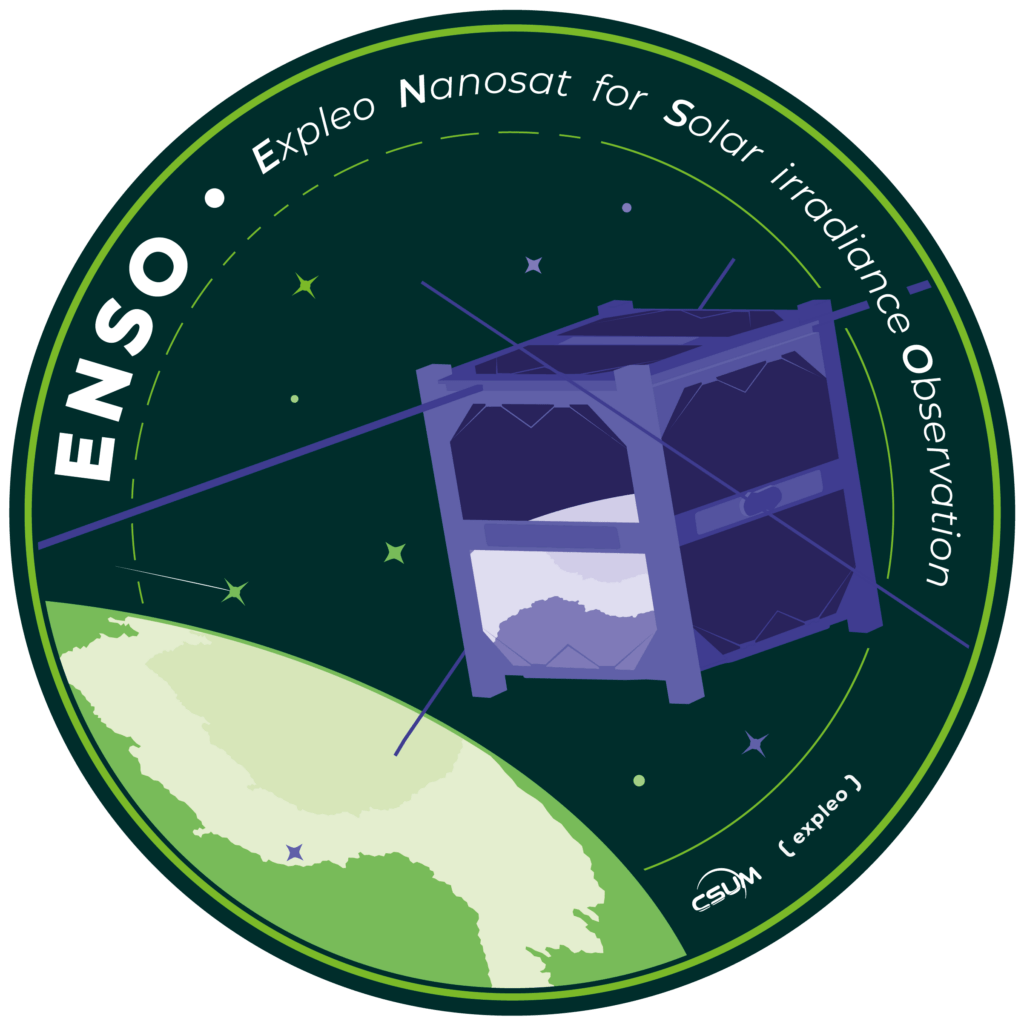
 CubeSat 1U
CubeSat 1U
• Start in 2017
• Re-entered in 2025
Estimated number of students involved: 20
Mission duration: 2 years
 Mission in partnership
Mission in partnership
with EXPLEO Group:
Conduct studies on the Earth’s ionosphere using HF (High Frequency)
 Funding
Funding
EXPLEO Group and Région Occitanie with the GRAINE’s program (GRAINE (VF): Groupement pour la Recherche Appliquée INnovante avec les Entreprises 2019)
ROBUSTA-1F MTCUBE 2
Launch: July 13th, 2022

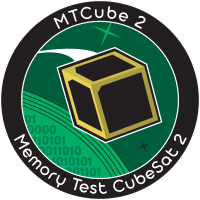
 CubeSat 1U
CubeSat 1U
Anticipated development timescale: 1 year
• Start in 2019
• Launch in July 2022
Estimated number of students involved: 20
Mission duration: 2 months
 Mission in partnership
Mission in partnership
with ESA (European Space Agency):
To measure the rate and distribution of errors due to radiation on different types of memory storage in space.
 Funding
Funding
Funding of student internships by the Van Allen Foundation
ROBUSTA-1D CELESTA
Launch: July 13th, 2022

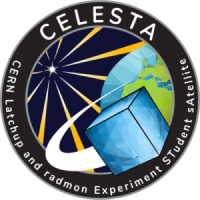
 CubeSat 1U
CubeSat 1U
Anticipated development timescale: 4 years
• Start in 2015
• Ready to launch in 2022
Estimated number of students involved: 50
 Mission in partnership
Mission in partnership
with CERN
To compare the radiative environment in medium Earth orbit with the one produced in the CHARM irradiation chamber using a radiation monitor (the RADMON detector) at CERN.
 Funding
Funding
Co-funded by CERN
ROBUSTA-1B
6+ years of measurements
Launch : June 23rd, 2017
Launch aboard an Indian PSLV launcher from the Dhawan Space Centre spaceport located in Sriharikota, India.
End of life : October of 2023, atmospheric re-entry and total end-of-life destruction

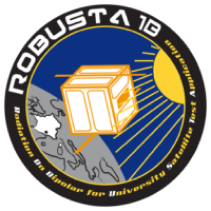
 CubeSat 1U
CubeSat 1U
Development timescale: 4 years
• Start in 2012
• Launched in 2017
Estimated number of students involved: 50
 Mission
Mission
To validate a radiation test method and a new communication bus
 Funding
Funding
Co-funded by Van Allen Foundation / CNES, within the framework of the CNES Janus project
Funding of student internships by the Van Allen Foundation
ROBUSTA-1C MTCUBE
Launch : July 5th, 2019

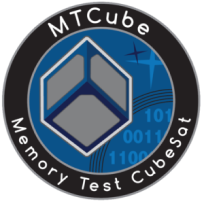
 CubeSat 1U
CubeSat 1U
Development timescale: 4 years
• Start in 2014
• Launched in 2019
Estimated number of students involved: 50
 Mission en partenariat
Mission en partenariat
with ESA (European Space Agency):
To measure the error rate and distribution across different types of memory components.
 Funding
Funding
Co-funded by Van Allen Foundation / ESA
Funding of student internships by the Van Allen Foundation
ROBUSTA-1A
Lancement : February 13th, 2012
End of life : January of 2015, atmospheric re-entry and total end-of-life destruction

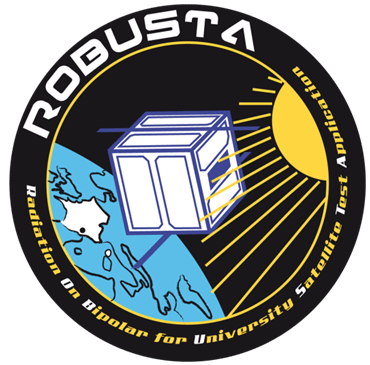
 CubeSat 1U
CubeSat 1U
Development timescale: 6 years
• Start in 2006
• Ready in 2012
Estimated number of students involved: 300
 Mission
Mission
To measure the effect of radiation on integrated circuits comprising bipolar transistors
 Funding
Funding
To measure the effect of radiation on integrated circuits comprising bipolar transistors
FRIENDS
• The French Russian Payload or FRIENDS project for the Russian Baumanets-2 microsatellite of Bauman Technical State University, Moscow.
• French Russian project initiated in 2009 by the French and Russian Ministers of Research. The payload developed by the University Space Center was delivered to Bauman in May 2015. Unfortunately Baumanets-2 and the FRP were completely destroyed in the crash of the Soyuz 2.1 launcher in November 2017. This joint collaboration was nevertheless a great experience for CSU and the Youth Space Center of Bauman.
• Type of satellite: microsatellite (10 to 100 kg)
• Development time of payload: 7 years
• From 2009 to 2015 (ready for delivery)
• Number of students involved: 50
Mission for Bauman Technical State University:
• Similar to ROBUSTA-1A, measuring the effects of space radiation on electronic components made up of bipolar transistors.
• Co-financed by CNES and the French Ministry of Foreign Affairs
• Student internships financed by Van Allen Foundation
SACRED
The unlucky SACRED nanosatellite
French-American project. The experiment developed by the French team was placed on board the SACRED CubeSat of the University of Arizona. SACRED was launched in July 2006 but the launcher exploded at take-off with all its cargo.
SACRED [University of Arizona]
• Development time of payload: 2 years
• From 2001 to 2003 (ready for launch)
• Estimated number of students involved: 5
Mission for Arizona University:
• Measuring the effect of space radiation on MOS power transistors
Financed by Thales Alenia Space